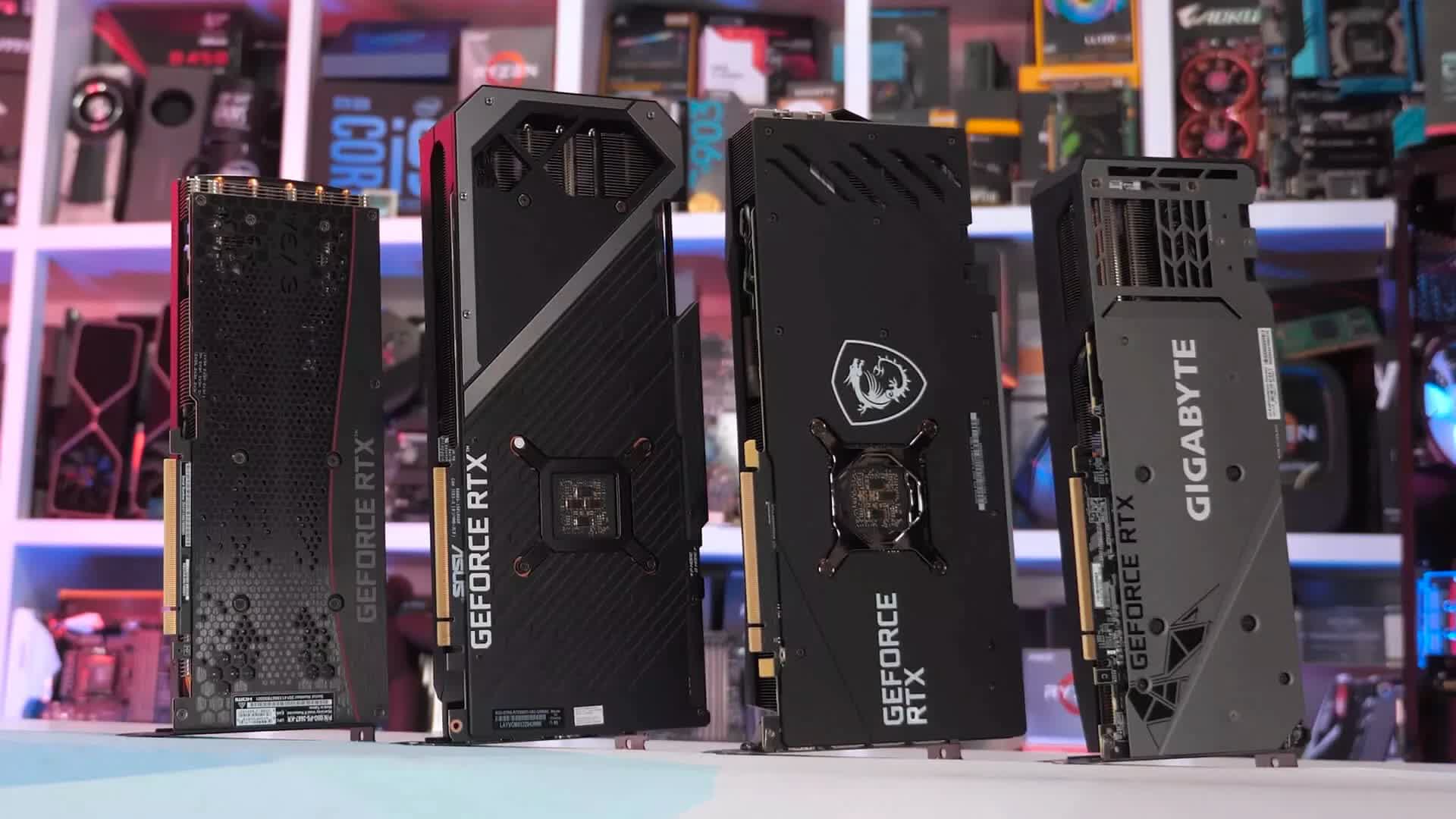Interesting test and results, but I can't help but see it as incomplete. Firstly... Let's start with this;
"If you're wondering why we didn’t use more Radeon GPUs like the RX 6900 XT and 6800 in place of the RTX 3090 and RTX 3070, there are two main reasons: most of you are interested in buying a GeForce 30 series GPU and most of you have, at least according to a recent poll we ran."
Can't say I agree with this. If you want to cover as large a range of configurations as possible, you'd have to use one high end and one mid range card from each vendor, I.e. RTX 3090 + RTX 3070 and 6900 XT + 6800 or 6800XT + 5700XT. I would understand wanting to keep the 5700XT in there considering how popular that card is, and wanting a lower tier card in the list. Even using the 6800 instead of the 5600XT would have been a better choice imo. The choice to use 5700XT + 5600XT is a very odd one, considering those two cards are not that far from each other in terms of performance, and they are the same die, and the 5600XT isn't that popular.
Secondly... That it "shouldn't matter as they represent a similar performance tier" is also not true, because GPU drivers influence CPU usage quite a lot. So even if you have two high end cards in the same performance tier, the fact that they are from different vendors (which approach things very differently mind you) means that they should be tested individually. Just like you can't use an Intel CPU to represent AMD CPU performance or vice versa, you can't do it for graphics cards either.
Lastly... I am perfectly aware that this is about CPU scaling, and not comparing GPU drivers performance on the CPU. However, we currently have no scaling of the most popular last gen nVidia card, and no scaling for the latest high end AMD cards. That's two groups of people that have a lack of information regarding their Zen CPU performance.
Yes, I am perfectly aware that this takes a lot of work. But ideally, it would have been something like RTX 3090 + RTX 3070 + RTX 2060(S) and 6900XT + 6800 + 5700XT. This would cover the high end cards of each vendor, the more mid range offering from each vendor, and the most popular mid range card of the previous generation. It would have been a more complete picture.
